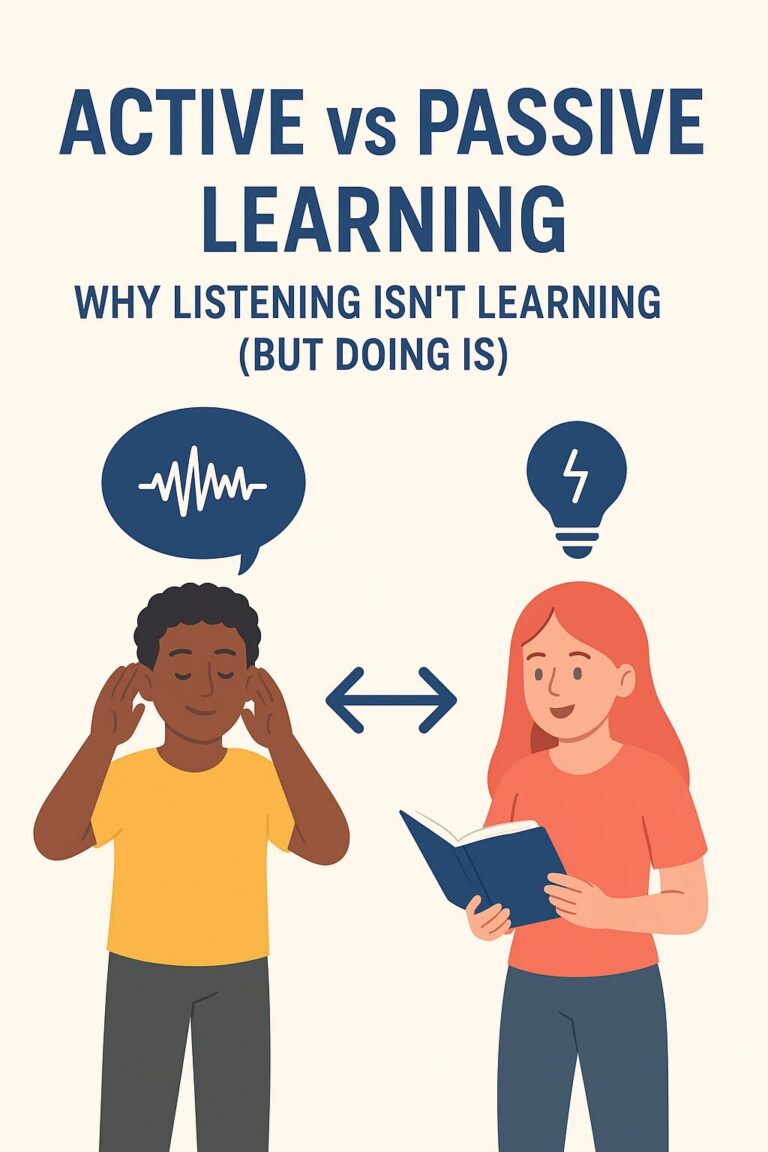
Bridging the Gap for Brighter Futures
In the diverse and dynamic landscape of Canadian education, to improve parent teacher communication Canada; the partnership between parents and teachers is undeniably foundational to a child’s academic, social, and emotional development. When communication flourishes, a child’s support system becomes robust, leading to improved learning outcomes, increased engagement, and a more positive school experience. Conversely, a breakdown in communication can create misunderstandings, missed opportunities, and a sense of isolation for both families and educators.
This blog post will delve into practical, actionable strategies specifically tailored for parents and teachers in Canada to enhance their communication channels, foster mutual understanding, and ultimately pave the way for every student’s success. We’ll explore how to build trust, leverage modern tools, and overcome common hurdles to create a truly collaborative educational environment.
Why Effective Parent-Teacher Communication Matters in the Canadian Context
Canada’s education system is unique, with provincial and territorial variations. This adds a layer of complexity to parent-teacher interactions, making clear and consistent communication even more vital. Here’s why it’s so important:
- Holistic Student Development: When parents and teachers share insights about a child’s strengths, challenges, interests, and home environment, a more complete picture emerges. This allows for tailored support that addresses the child’s academic needs as well as their emotional and social well-being.
- Early Problem Identification: Open lines of communication mean concerns, whether academic or behavioral, can be identified and addressed promptly. This proactive approach prevents small issues from escalating into larger problems.
- Consistency Between Home and School: A child thrives when there’s consistency in expectations and support between their home and school environments. Effective communication ensures that parents and teachers are on the same page regarding routines, discipline, and learning strategies.
- Building Trust and Rapport: Regular, positive interactions build trust. When parents feel heard and respected, and teachers feel supported and understood, a strong foundation for collaboration is established.
- Navigating Educational Policies: Canadian parents often need to understand provincial curricula, assessment methods, and special education procedures. Teachers can serve as valuable guides, and open communication facilitates this understanding.

Strategies for Parents to Improve Communication
Parents play a critical role in initiating and maintaining strong communication with their child’s teachers.
1. Proactive Engagement from Day One
- Introduce Yourself Early: At the start of the school year, send a brief, friendly email or note to your child’s teacher introducing yourself and expressing your desire for open communication.
- Share Key Information: Briefly highlight anything the teacher should know about your child’s learning style, health concerns, or significant family events that might impact their school day.
- Attend “Meet the Teacher” Nights: These events are invaluable for putting a face to a name and getting a general overview of classroom expectations.

2. Choose the Right Communication Channel
- Understand Preferred Methods: Ask the teacher their preferred method of communication (email, communication app, phone call). Respect their boundaries and availability.
- Utilize Communication Apps/Portals: Many Canadian schools use platforms like ClassDojo, Remind, or Google Classroom for quick updates, announcements, and direct messaging. Embrace these tools.
- Schedule Meetings for Deeper Discussions: For detailed conversations about academic progress or behavioral concerns, a scheduled meeting (in-person or virtual) is usually more effective than quick messages. https://canadianeducationcouncil.org/digital-platform/

3. Be Clear, Concise, and Respectful
- “Just the Facts” Approach: When discussing concerns, focus on specific observations rather than generalizations or accusations. For example, “My child seems to be struggling with their math homework on fractions” is more helpful than “My child hates math class.”
- Collaborative Mindset: Frame your communication as a desire to collaborate for your child’s benefit. Instead of “You need to do X,” try “How can we work together to support Y?”
- Listen Actively: When the teacher responds, listen to their perspective and insights. They spend significant time with your child and can offer valuable observations.
- Timeliness: Respond to teacher communications in a timely manner, even if just to acknowledge receipt.
Foster Two-Way Dialogue and Feedback
- Invite Parent Input: Actively solicit parents’ observations and insights about their child. They know their child best outside of the school setting.
- Be Accessible: While maintaining professional boundaries, strive to be approachable and available for parent questions and concerns.
- Follow Up: If a plan of action is agreed upon, follow up to see how things are progressing and adjust as needed.
Leveraging Technology for Enhanced Communication
In Canada, many schools and school boards are embracing technology to streamline parent-teacher communication.
- School Websites and Portals: These are often central hubs for calendars, policies, and general announcements.
- Communication Apps (e.g., ClassDojo, Remind): Great for quick messages, reminders, and sharing positive moments.
- Learning Management Systems (LMS) (e.g., Google Classroom, Brightspace, Moodle): Allow teachers to post assignments, grades, and resources, providing parents with a window into their child’s learning.
- Email: A professional and efficient way to share information and schedule meetings.
- Video Conferencing (e.g., Zoom, Google Meet): Excellent for virtual parent-teacher interviews, especially for busy parents or those in remote areas.
Overcoming Common Communication Challenges
Even with the best intentions, challenges can arise.
- Time Constraints: Both parents and teachers are busy. Respecting each other’s time by being concise and efficient in communication is key.
- Language Barriers: Schools often provide translation services or rely on community resources to bridge language gaps. Both parties should be proactive in seeking assistance.
- Differing Perspectives: Parents and teachers may have different views on a child’s needs or performance. Approaching conversations with an open mind and focusing on shared goals (student success) can help.
- Emotional Responses: Discussions about a child can be emotional. Maintaining professionalism and focusing on facts and solutions can de-escalate tension.
- Confidentiality: Teachers must adhere to strict confidentiality guidelines regarding student information. Parents should respect these boundaries.
Conclusion: A Collaborative Journey to Student Success
Effective parent-teacher communication is not merely a courtesy; it’s a critical component of a thriving educational ecosystem in Canada. By embracing proactive engagement, clear and empathetic dialogue, and leveraging appropriate technologies, parents and teachers can forge powerful partnerships that directly contribute to student success.
When the home and school are aligned, supporting each other and sharing insights, children receive the consistent care and guidance they need to flourish academically, socially, and emotionally. Let’s work together to build these vital bridges for the benefit of every child in Canada.
Want more strategies to support your child’s success in school?
Check out our latest blog on Affordable & Trendy Back-to-School Clothes in the USto help your child feel confident and ready to learn — because success starts with how they show up! ONLY AT http://www.educify.org
Let’s keep building strong school-home partnerships together.














2 Responses
This is very educational.